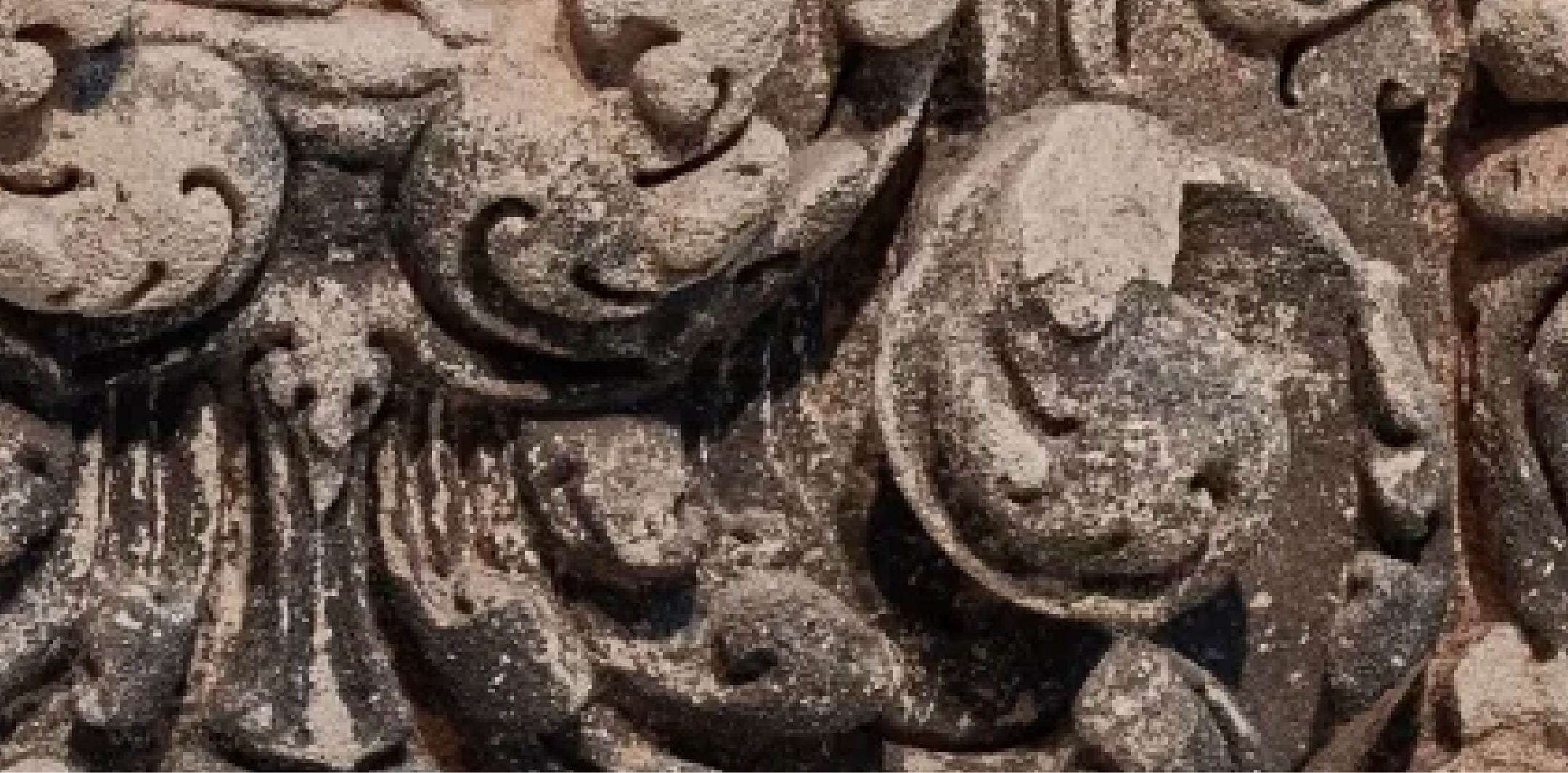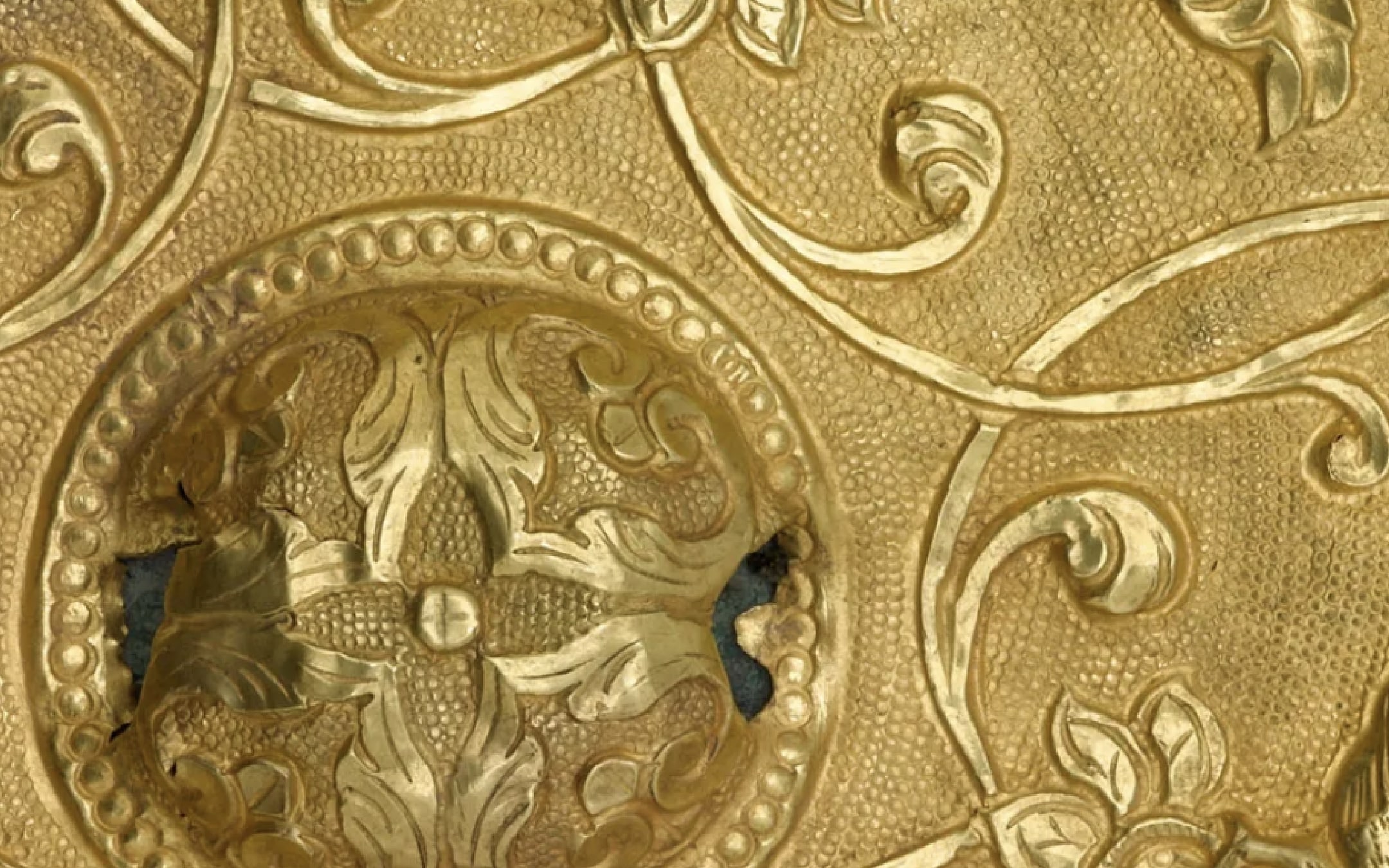Kiln waster, three dishes fused together

Terms of Use
Usage Conditions ApplyAt A Glance
-
Period
14th - mid-16th century -
Geography
Chiang Mai province, Thailand -
Material
Stoneware with celadon glaze -
Dimension
H x Diam (overall): 7 x 23 cm (2 3/4 x 9 1/16 in) -
Accession Number
FSC-P-2938 -
EDAN ID
edanmdm:fsg_FSC-P-2938
Object Details
-
Provenance
?-?Found by Acharn Kraisri Nimmanahaeminda (1912-1992) in Thailand [1]?-1984John Alexander Pope (1906-1982), method of acquisition unknown [2]From 1984National Museum of Asian Art, Smithsonian Institution, gift of John Alexander Pope [3]Notes:[1] See inscription on the interior of the dish, which states, "Chiang Mai [/] Thailand [/] Recovered by Khrisi [Kraisri Nimmanahaeminda].”See also Study Collection object card, copy in object file. Object is described as, “Pottery [/] Thailand [/] Sankampaeng.” Object’s source is described as, “Chiang Mai [/] Thailand [/] Recovered by Khrisi [Kraisri Nimmanahaeminda].” The Study Collection card also describes this object as a “Gift of John A. Pope.”Acharn Kraisri Nimmanahaeminda (1912-1992) was a Thai scholar, collector of ceramics, and served on the Government's Committee for Thai History in the Office of the Prime Minister. He "discovered" and assisted various hilltribe people, campaigned successfully for the establishment of Chiengmai University, revived the making of green glazed ceramics and the carving of wood, popularized the tradition of the kantoke dinner, and was a distinguished Honourary Member of the Siam Society. In recognition of his scholarly accomplishments, Acham Kraisri Nimmanahaeminda was awarded a Doctorate by the University of Chiengmai which was graciously conferred by His Majesty the King in 1982. See Jan J. Boeles, “Kraisri Nimmanahaeminda (In Memoriam)” from “Journal of the Siam Society,” 1992, vol. 80.1, pp. 167-168.[2] See note 1, Study Collection card.John Alexander Pope (1906-1982) was a renowned scholar and collector of Asian art, especially Chinese and Japanese ceramics. He spent most of his professional career at the Freer Gallery of Art, which he joined in 1943 as an Associate in Research. He later served as Assistant Director (1946 to 1962) and then as Director (1962 to 1971). After his retirement in August 1971, he continued at the Freer Gallery of Art as Director Emeritus and Research Curator for Far Eastern Ceramics. He is also known for his two pioneering studies of early Chinese blue-and-white porcelain, “Fourteenth Century Blue and White" (1952) and "Chinese Porcelains from the Ardebil Shrine" (1956). Pope also acquired many pottery sherds during his frequent travels to Asian and Europe, and many of the sherds are now part of the study collection at the National Museum of Asian Art, Smithsonian Institution.[3] See note 1, Study Collection card.The object is part of the museum’s Freer Study Collection.Research updated November 14, 2024 -
Collection
Freer Study Collection -
Previous custodian or owner
Acharn Kraisri Nimmanahaeminda (1912-1992)Dr. John Alexander Pope (1906-1982) -
Origin
Chiang Mai province, Thailand -
Credit Line
Gift of John A. Pope -
Type
Vessel -
Restrictions and Rights
Usage Conditions Apply
There are restrictions for re-using this media. For more information, visit the Smithsonian's Terms of Use page.
The information presented on this website may be revised and updated at any time as ongoing research progresses or as otherwise warranted. Pending any such revisions and updates, information on this site may be incomplete or inaccurate or may contain typographical errors. Neither the Smithsonian nor its regents, officers, employees, or agents make any representations about the accuracy, reliability, completeness, or timeliness of the information on the site. Use this site and the information provided on it subject to your own judgment. The National Museum of Asian Art welcomes information that would augment or clarify the ownership history of objects in their collections.
Keep Exploring
-
Related Resources
-
Date
-
Name
-
Place
-
Topic
-
Culture
-
Object Type

